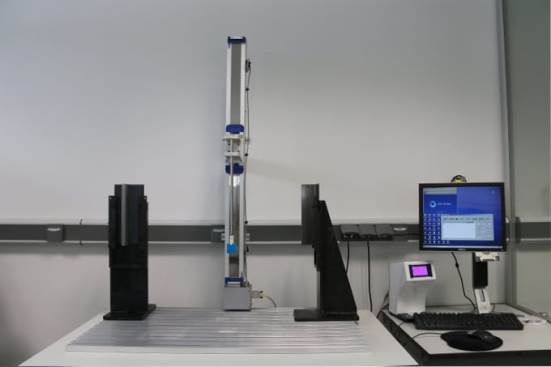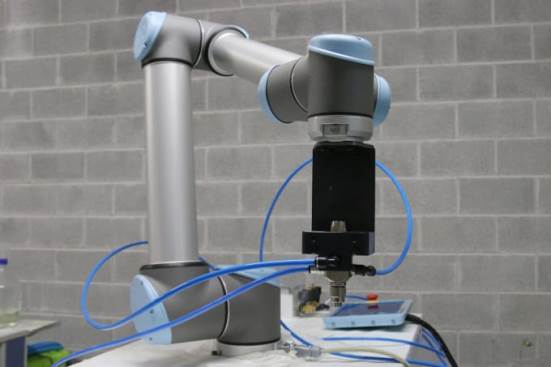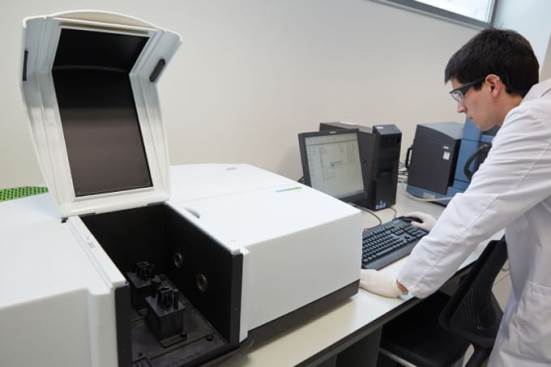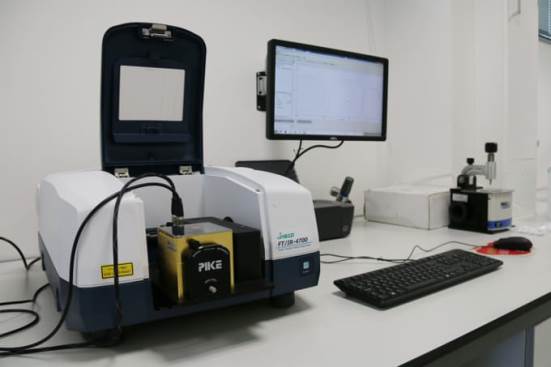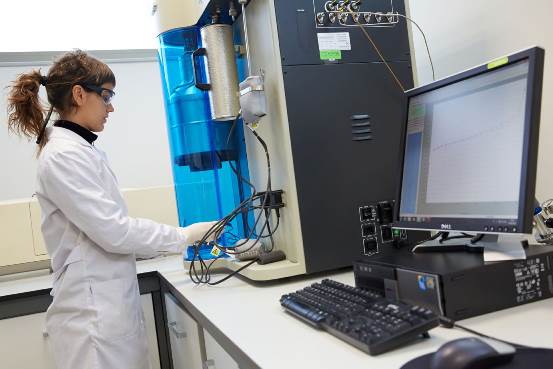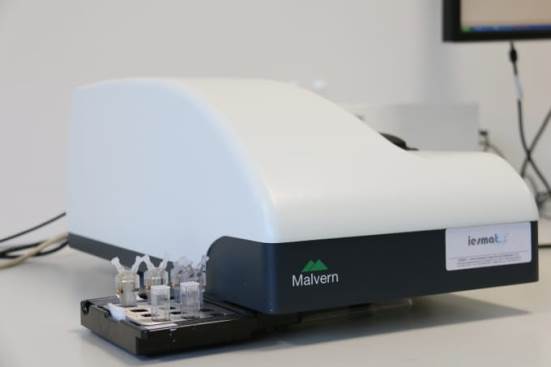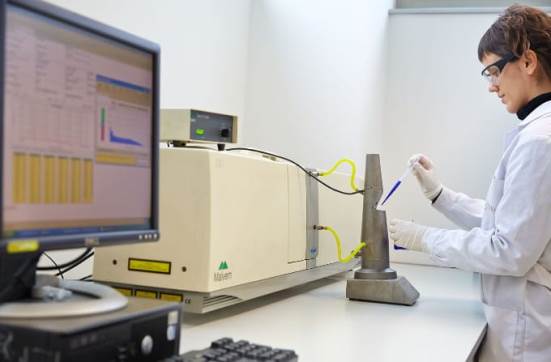Sol-Gel
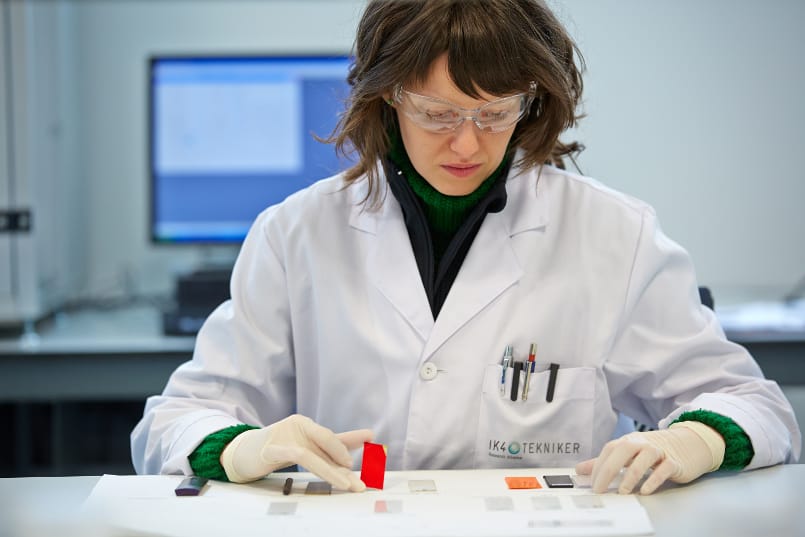
The sol-gel technology is a highly versatile synthesis and chemical deposition technique for the production of ceramic and glass materials. TEKNIKER does not only use this technique for the synthesis of nanoparticles but also for the inorganic encapsulation of active materials and, primarily, for the development of multifunctional surfaces using deposition of coatings.
The sol-gel process involves the transition of a system from a liquid phase (sol) to a solid phase (gel) via the chemical reactions of hydrolysis and condensation of the metal precursors. Using this technology ceramic materials based on inorganic oxides (SiO2, TiO2, ZrO2, Al2O3, etc.) are obtained.
Transparent multifunctional coatings
In TEKNIKER this technology is mainly used for developing transparent multifunctional coatings. The deposition techniques available are dip-coating and spray-coating, which can coat surfaces with any dimensional geometry from 1cm to 1m.
Thus, TEKNIKER has extensive experience in sol-gel coatings on glass, metallic and polymeric substrates and even on powdery materials such as pigments.
Some of the most developed functionalities include self-cleaning coatings (superhydrophobic or superhydrophilic), anti-reflective, anti-scratch, anti-ice, antibacterial, photocatalytic, etc.
Synthesis of nanoparticles of inorganic oxides
Another application of sol-gel technology is the synthesis of nanoparticles of inorganic oxides such as SiO2 o TiO2. Controlling the main variables of the process produces nanoparticles of the desired size, porosity and crystallinity, being considered an iterative process for the synthesis of these.
Inorganic encapsulation
Lastly, is inorganic encapsulation using sol-gel technology of active compounds such as phase change materials (PCM), widely used in energy applications in construction (thermal comfort). These SiO2 capsules are primarily known for their excellent mechanical properties and the durability of these, compared to organic capsules.






